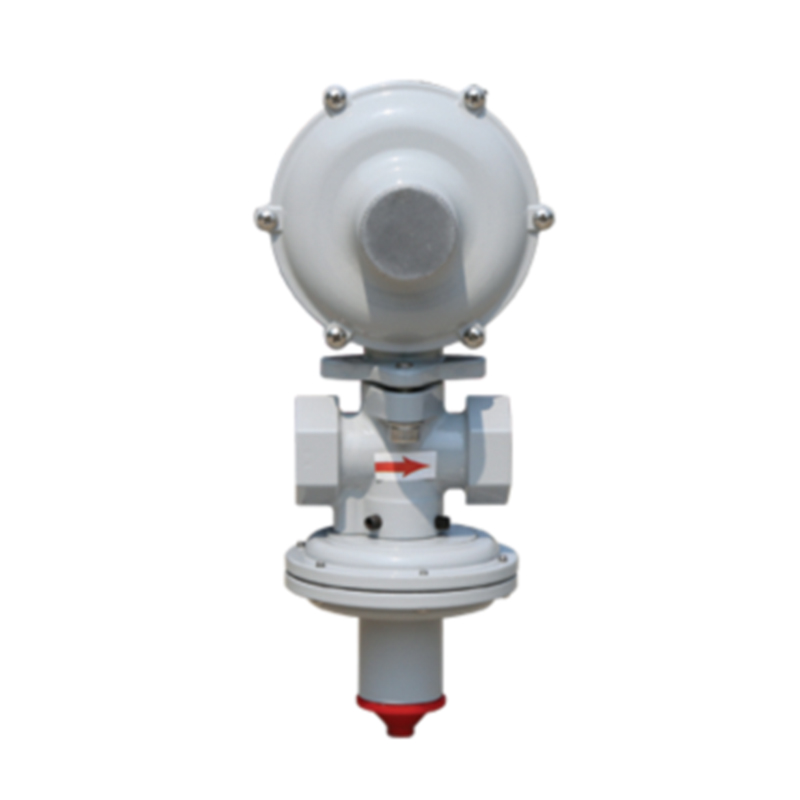
Dec . 11, 2024 10:45
Back to list
Shutoff Valve Essentials and Applications for Efficient Fluid Control
Understanding the Importance of Shut-off Valves
Shut-off valves are crucial components in various fluid and gas handling systems, serving as the first line of defense in controlling the flow and pressure of liquids and gases. These valves are designed to isolate sections of a pipeline or system, preventing leaks and ensuring safety in industrial and residential applications. In this article, we will delve into the types, functions, applications, and significance of shut-off valves.
Types of Shut-off Valves
Shut-off valves come in various designs, each suited to specific applications. The most common types include
1. Gate Valves Ideal for on/off control, these valves allow for minimal flow resistance when fully opened. They are commonly used in water supply and wastewater applications but are not suitable for throttling flow.
2. Ball Valves Known for their reliability and quick operation, ball valves use a spherical closure element that rotates to open or close the flow. They are widely used in applications requiring tight sealing and minimal fluid resistance.
3. Butterfly Valves Featuring a rotating disc, butterfly valves are lightweight and compact, making them suitable for large pipe diameters. They are primarily utilized in water supply and gas applications.
4. Globe Valves These valves are designed for throttling and regulating flow due to their unique shape, allowing for more precise control. They are often found in applications requiring consistent flow rates.
5. Check Valves While not shut-off valves per se, check valves prevent backflow in a system, ensuring that fluids flow in one direction only. They are essential for protecting pumps and other equipment from potential damage.
Functions and Operations
.
Shut-off valves can be operated manually, using a handle or lever, or automatically, through electronic or pneumatic actuators. Manual valves require physical intervention to open or close, while automatic valves can be triggered by pressure changes, flow rates, or remote control systems, enhancing efficiency and safety.
صمام الإغلاق

Applications of Shut-off Valves
Shut-off valves are utilized in a wide array of industries including
- Water Treatment They control the flow of water through treatment facilities, ensuring that systems can be isolated for maintenance without interrupting the entire process.
- Oil and Gas Shut-off valves play a critical role in the extraction, transportation, and refining of oil and gas. They prevent leaks and protect equipment from excessive pressure.
- Chemical Processing In chemical plants, valves are essential for controlling the flow of hazardous materials, complying with strict safety and environmental regulations.
- HVAC Systems In heating, ventilation, and air conditioning systems, shut-off valves help manage airflow and temperature control effectively.
- Residential Plumbing Homeowners rely on shut-off valves to manage water supply, allowing for repairs without shutting off the entire house's water system.
Significance of Shut-off Valves
The significance of shut-off valves cannot be overstated. They enhance safety by preventing leaks and spills, which can lead to catastrophic failures in industrial settings. Regular maintenance and testing of these valves are essential to ensuring their reliability.
Moreover, with advancements in valve technology, shut-off valves are becoming more energy-efficient and environmentally friendly. Innovations such as smart valves with built-in sensors are emerging, allowing for real-time monitoring and control of fluid dynamics.
In conclusion, shut-off valves are indispensable in modern infrastructure, responsible for regulating the flow of essential resources. From protecting sensitive equipment to safeguarding human lives, these valves play pivotal roles across numerous applications. Understanding their types, functions, and importance is crucial for anyone involved in the design, operation, or maintenance of fluid handling systems.
Latest news
-
Safety Valve Spring-Loaded Design Overpressure ProtectionNewsJul.25,2025
-
Precision Voltage Regulator AC5 Accuracy Grade PerformanceNewsJul.25,2025
-
Natural Gas Pressure Regulating Skid Industrial Pipeline ApplicationsNewsJul.25,2025
-
Natural Gas Filter Stainless Steel Mesh Element DesignNewsJul.25,2025
-
Gas Pressure Regulator Valve Direct-Acting Spring-Loaded DesignNewsJul.25,2025
-
Decompression Equipment Multi-Stage Heat Exchange System DesignNewsJul.25,2025

